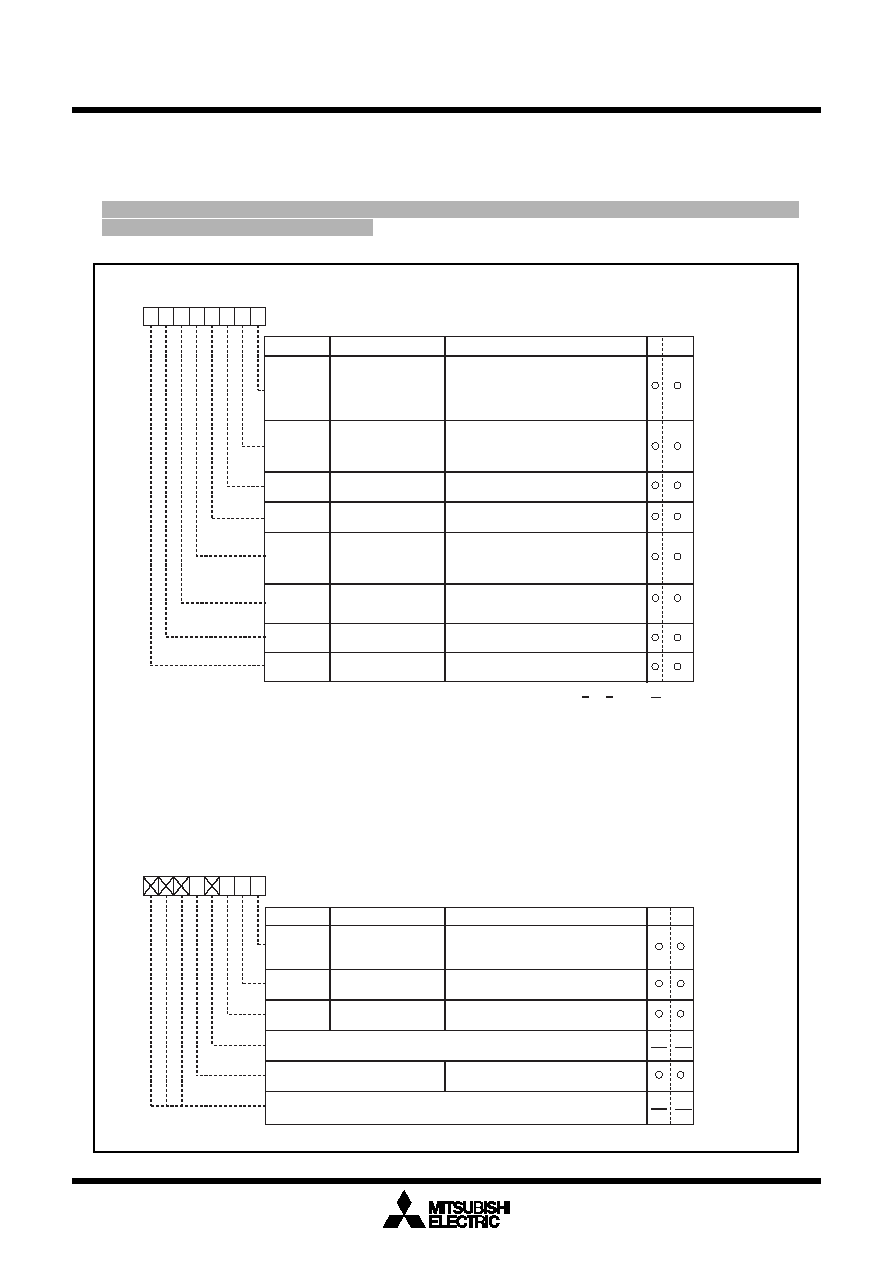- 您現(xiàn)在的位置:買賣IC網(wǎng) > PDF目錄45019 > M30623ECTGP 16-BIT, OTPROM, 16 MHz, MICROCONTROLLER, PQFP80 PDF資料下載
參數(shù)資料
| 型號: | M30623ECTGP |
| 元件分類: | 微控制器/微處理器 |
| 英文描述: | 16-BIT, OTPROM, 16 MHz, MICROCONTROLLER, PQFP80 |
| 封裝: | PLASTIC, QFP-80 |
| 文件頁數(shù): | 3/187頁 |
| 文件大小: | 2666K |
| 代理商: | M30623ECTGP |
第1頁第2頁當(dāng)前第3頁第4頁第5頁第6頁第7頁第8頁第9頁第10頁第11頁第12頁第13頁第14頁第15頁第16頁第17頁第18頁第19頁第20頁第21頁第22頁第23頁第24頁第25頁第26頁第27頁第28頁第29頁第30頁第31頁第32頁第33頁第34頁第35頁第36頁第37頁第38頁第39頁第40頁第41頁第42頁第43頁第44頁第45頁第46頁第47頁第48頁第49頁第50頁第51頁第52頁第53頁第54頁第55頁第56頁第57頁第58頁第59頁第60頁第61頁第62頁第63頁第64頁第65頁第66頁第67頁第68頁第69頁第70頁第71頁第72頁第73頁第74頁第75頁第76頁第77頁第78頁第79頁第80頁第81頁第82頁第83頁第84頁第85頁第86頁第87頁第88頁第89頁第90頁第91頁第92頁第93頁第94頁第95頁第96頁第97頁第98頁第99頁第100頁第101頁第102頁第103頁第104頁第105頁第106頁第107頁第108頁第109頁第110頁第111頁第112頁第113頁第114頁第115頁第116頁第117頁第118頁第119頁第120頁第121頁第122頁第123頁第124頁第125頁第126頁第127頁第128頁第129頁第130頁第131頁第132頁第133頁第134頁第135頁第136頁第137頁第138頁第139頁第140頁第141頁第142頁第143頁第144頁第145頁第146頁第147頁第148頁第149頁第150頁第151頁第152頁第153頁第154頁第155頁第156頁第157頁第158頁第159頁第160頁第161頁第162頁第163頁第164頁第165頁第166頁第167頁第168頁第169頁第170頁第171頁第172頁第173頁第174頁第175頁第176頁第177頁第178頁第179頁第180頁第181頁第182頁第183頁第184頁第185頁第186頁第187頁

100
Mitsubishi microcomputers
M16C / 62T Group
SINGLE-CHIP 16-BIT CMOS MICROCOMPUTER
Timers’ functions for three-phase motor control
Three-phase PWM control register 0
Symbol
Address
When reset
INVC0
034816
0016
b7
b6
b5
b4 b3
b2
b1
b0
Effective interrupt output
polarity select bit
(Note4)
INV00
Bit symbol
Bit name
Description
RW
INV01
Effective interrupt output
specification bit
(Note4)
INV02
Mode select bit
(Note 2)
INV04
Positive and negative
phases concurrent L
output disable function
enable bit
INV07
Software trigger bit
INV06
Modulation mode select
bit (Note 3)
INV05
Positive and negative
phases concurrent L
output detect flag
INV03
Output control
bit
0: A timer B2 interrupt occurs when the timer
A1 reload control signal is “1”.
1: A timer B2 interrupt occurs when the timer
A1 reload control signal is “0”.
Effective only in three-phase mode 1
0: Not specified.
1: Selected by the effective interrupt output
polarity selection bit.
Effective only in three-phase mode 1
0: Normal mode
1: Three-phase PWM output mode
0: Output disabled
1: Output enabled
0: Feature disabled
1: Feature enabled
0: Not detected yet
1: Already detected
0: Triangular wave modulation mode
1: Sawtooth wave modulation mode
1: Trigger generated
The value, when read, is “0”.
(Note 1)
Note 1:
Note 2:
Note 3:
Note 4:
No value other than “0” can be written.
Selecting three-phase PWM output mode causes P80, P81, and P72 through P75 to output U, U, V, V, W, and W, and works the
timer for setting short circuit prevention time, the U, V, W phase output control circuits, and the circuit for setting timer B2 interrupt
frequency.
In triangular wave modulation mode:
The short circuit prevention timer starts in synchronization with the falling edge of timer Ai output.
The data transfer from the three-phase buffer register to the three-phase output shift register is made only once in synchronization
with the transfer trigger signal after writing to the three-phase output buffer register.
In sawtooth wave modulation mode:
The short circuit prevention timer starts in synchronization with the falling edge of timer A output and with the transfer trigger signal.
The data transfer from the three-phase output buffer register to the three-phase output shift register is made with respect to every
transfer trigger.
To write “1” both to bit 0 (INV00) and bit 1 (INV01) of the three-phase PWM control register, set in advance the content of the timer
B2 interrupt occurrences frequency set counter.
T
hree-phase PWM control register 1
Symbol
Address
When reset
INVC1
034916
0016
Bit name
Description
Bit symbol
W
R
INV10
INV11
INV12
Timer Ai start trigger
signal select bit
Timer A1-1, A2-1, A4-1
control bit
Short circuit timer count
source select bit
0: Timer B2 overflow signal
1: Timer B2 overflow signal,
signal for writing to timer B2
0: Three-phase mode 0
1: Three-phase mode 1
0 : Not to be used
1 : f1/2
b7 b6
b5
b4
b3
b2
b1 b0
Noting is assigned.
In an attempt to write to these bits, write “0”. The value, if read, turns out to be “0”.
Noting is assigned.
In an attempt to write to this bit, write “0”. The value, if read, turns out to be “0”.
Reserved bit
Always set to “0”
0
Note 1: To use three-phase PWM output mode, write “1” to INV12.
Figure1.18.1. Registers related to timers for three-phase motor control
Timers’ functions for three-phase motor control
Use of more than one built-in timer A and timer B provides the means of outputting three-phase motor
driving waveforms.
__
___
In M30623(80-pin package), the pins V, V, W, and W for three-phase motor control have no corresponding
external pin. So, do not use this function.
Figures 1.18.1 to 1.18.3 show registers related to timers for three-phase motor control.
相關(guān)PDF資料 |
PDF描述 |
|---|---|
| M30623MCV-XXXGP | 16-BIT, MROM, 16 MHz, MICROCONTROLLER, PQFP80 |
| M30623M8T-XXXGP | 16-BIT, MROM, 16 MHz, MICROCONTROLLER, PQFP80 |
| M30622M8V-XXXFP | 16-BIT, MROM, 16 MHz, MICROCONTROLLER, PQFP100 |
| M30623M4A-XXXGP | 16-BIT, MROM, 16 MHz, MICROCONTROLLER, PQFP80 |
| M30625MGA-XXXGP | 16-BIT, MROM, 16 MHz, MICROCONTROLLER, PQFP80 |
相關(guān)代理商/技術(shù)參數(shù) |
參數(shù)描述 |
|---|---|
| M30623ECVGP | 制造商:MITSUBISHI 制造商全稱:Mitsubishi Electric Semiconductor 功能描述:SINGLE-CHIP 16-BIT CMOS MICROCOMPUTER |
| M30623EG | 制造商:RENESAS 制造商全稱:Renesas Technology Corp 功能描述:SINGLE-CHIP 16-BIT CMOS MICROCOMPUTER |
| M30623F4 | 制造商:RENESAS 制造商全稱:Renesas Technology Corp 功能描述:SINGLE-CHIP 16-BIT CMOS MICROCOMPUTER |
| M30623F8 | 制造商:RENESAS 制造商全稱:Renesas Technology Corp 功能描述:SINGLE-CHIP 16-BIT CMOS MICROCOMPUTER |
| M30623F8PGP | 制造商:RENESAS 制造商全稱:Renesas Technology Corp 功能描述:SINGLE-CHIP 16-BIT CMOS MICROCOMPUTER |
發(fā)布緊急采購,3分鐘左右您將得到回復(fù)。